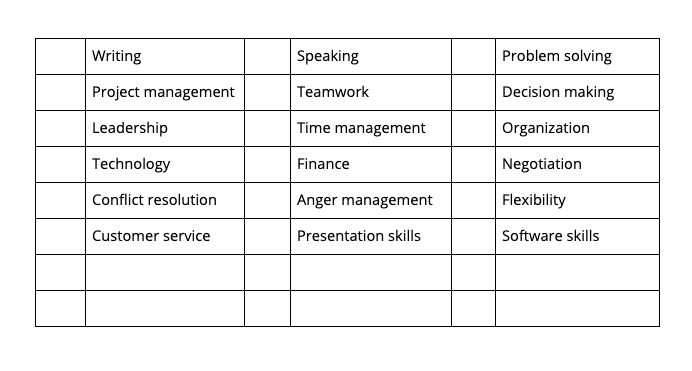Next, host a meeting or send a questionnaire asking your employees to share their professional development goals. Be sure to also ask how your organization can help its members meet them.
2. Identify current business and employee strengths and skills
Highlight your business’ and employees’ current strengths and skills.

Note any specific ways your business can use its skills and strengths to help employees meet their goals — and then do the opposite. Jot down specific ways your team members can use their talent to help your organization fulfill its goals.
3. Mind the skills gap
Host a power hour brainstorming session with your team to go over the goals, strengths, and skills you noted in steps one and two. Then work together to “mind the gap” by looking for opportunities to upskill and highlighting any “skills gaps.”
In other words, identify which skills and strengths are currently missing from the organization as a whole. How does the company need to level up? In what areas do your employees need to grow to help your organization meet its goals?
Next, identify which tools you’ll need to help your company and employees evolve.
For instance, if you run a marketing agency and one of your goals is to streamline your copywriting processes, then your team may benefit from investing in AI writing tools, like paraphrase generators.
Or, if you’re the head of education technology at a language academy and your goal is to shorten IT resolution times, then your school might see value in upgrading to remote support software.
Whatever the case may be, choose tools that have the best chance of helping you and your employees get closer to your goals.
4. Create a plan to make it happen
Finally, choose how you’ll structure and implement your development plans


